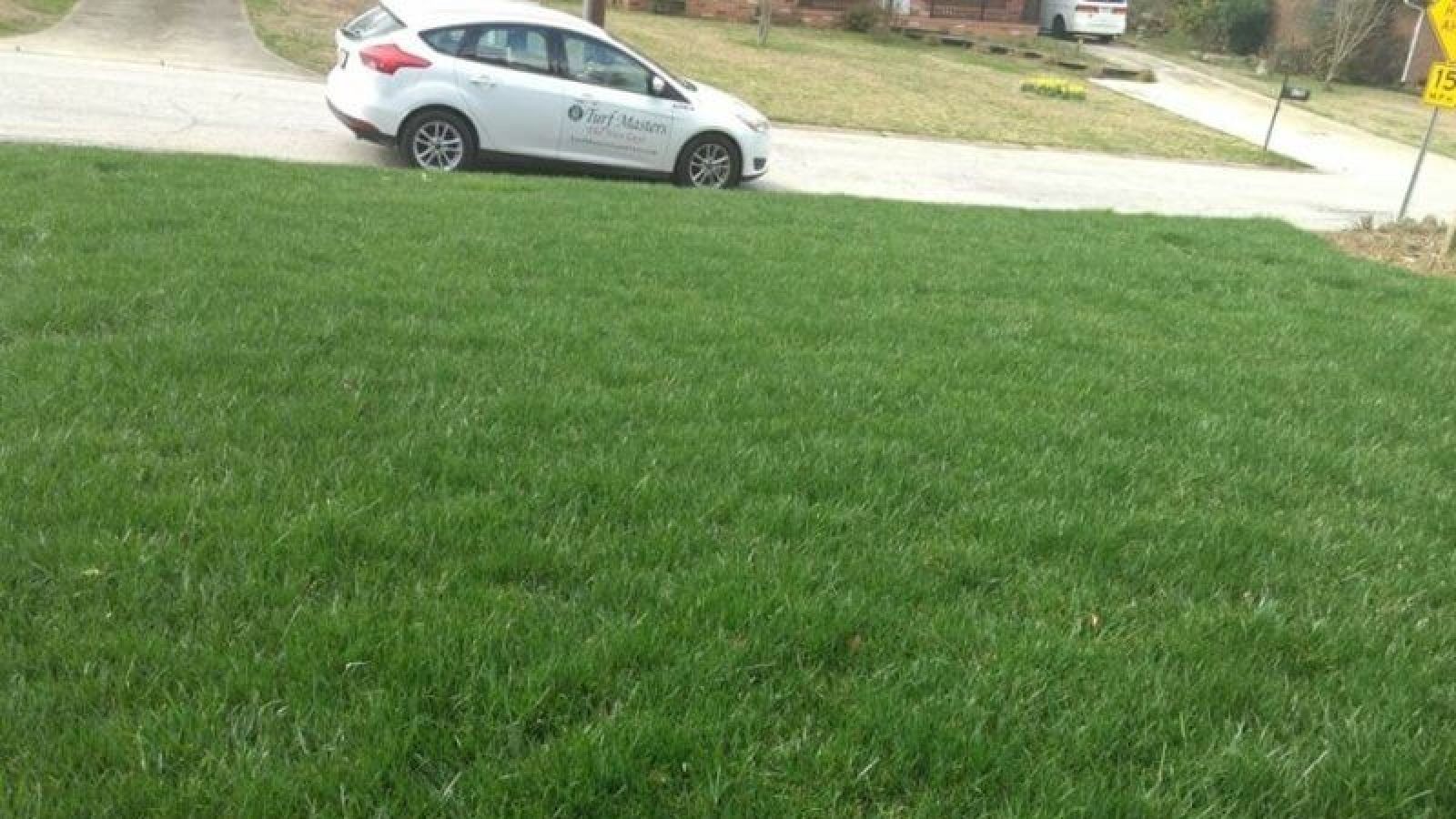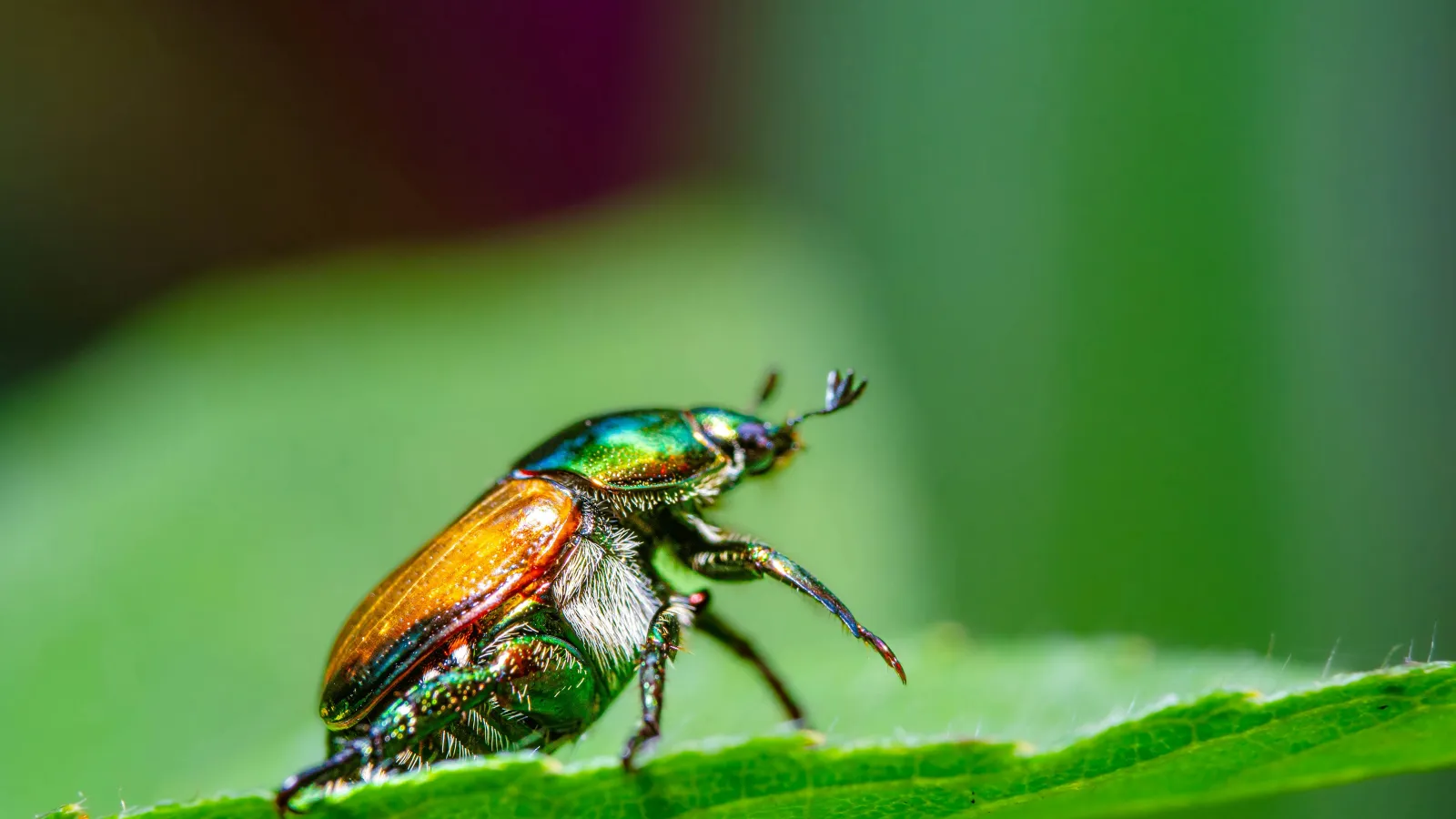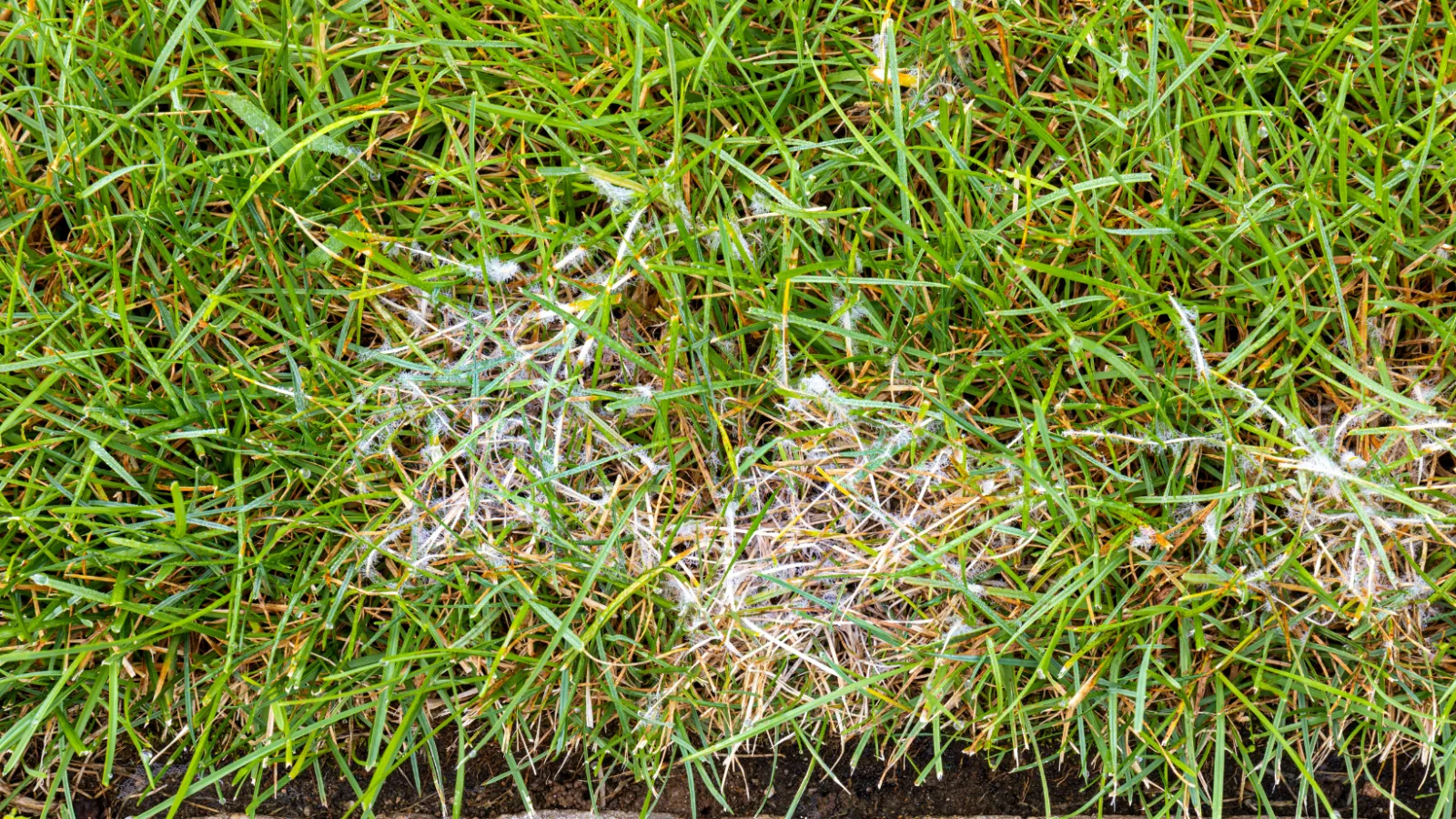
Caring for your Fescue Lawn in the Southeast
Fescue is a cool-season grass that comes from the Northwest region of the United States. It performs best in cooler climates like Oregon, however, we do have many customers with a fescue lawn and when treated correctly, it can do well. In the Southeast, fescue lawns are at their best during the cooler months (hence the name cool-season grass!).
During the summer months, a fescue lawn really takes a beating, especially if it's in full sun. The heat alone is damaging, but add some humidity and the conditions are just right for brown-patch fungus. That's why it's imperative to utilize the right products to protect your grass before these hot months come around.
Why Fescue?
Unlike warm-season grasses, a fescue lawn does stay green in the winter. It also has a good shade tolerance. Fescue can be maintained taller than other grass types for a thick, lush lawn. It's easy to grow from seed, but getting the best from your fescue lawn does require some extra thought and effort.
Use these tips to keep your fescue lawn healthy:
- Start with high-quality grass seed showing resistance to disease, heat, and drought in National Turfgrass Evaluation Program (NTEP) testing.
- Maintain a 3-4" length for your grass, and never remove more than ⅓ of the grass blade in any one cutting.
- Water your fescue lawn early in the morning with 1.5 inches of water per week. Keep in mind that watering once per week deeply is better than frequent shallow watering.
- Use preventative fungicides and always follow label directions. Use a fungicide labeled to prevent and eliminate brown patch fungus from fescue lawns (we can offer you a quote for this if you'd like).
- Core-aerate and overseed your lawn annually in the fall.
- Use pre and post-emergence weed control, otherwise weeds will take root in thin areas. Proper fertilization gives your lawn what it needs to fight back.
Fescue does not spread like bermuda and zoysia do. It is a bunch type grass and comprised of thousands of individual grass plants. Even under ideal conditions, you can expect approximately one-third of those individual grass plants to die off due to fungus and/or heat stress. Because fescue does not repair itself, fescue lawns must be over-seeded annually in fall to recover from summer damage and look its best.
Our 8-round lawn care program is designed to give your fescue lawn all the nutrients it needs at the right time, as well as the pre and post-emergent weed control you expect.
As we head into the warmer summer months, care for your fescue lawn becomes more critical. Your grass is now trying to cope with extreme heat, high humidity, disease, and in most cases, drought. Please give us a call if you'd like a free quote on your lawn.

